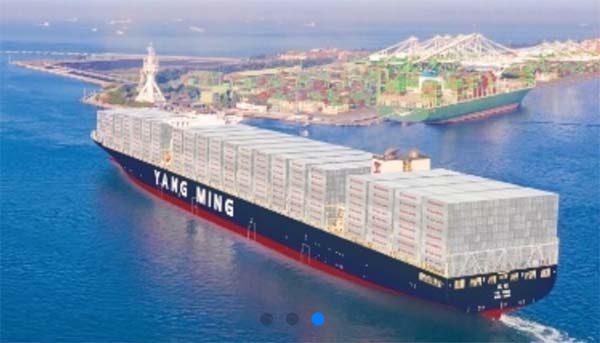Container carrier cracks the code for “green” operations
Yang Ming grabs top spot in Q4/2022 carbon-efficiency rankings.

Many logistics services companies have launched environmental, social, and governance (ESG) programs in recent years, but few of them seem to have hit the ambitious targets necessary to produce real climate results.
Still, some are doing a better job than others. One example is Taiwan’s Yang Ming Marine Transport Corp. In Q4 2022, Yang Ming outperformed the other container carriers in 13 main trade corridors in terms of carbon efficiency, according to the latest Carbon Emissions Index (CEI). Created last year by Xeneta, a Norwegian ocean and airfreight rate benchmarking and market intelligence firm, the CEI is designed to provide global shippers with the data they need to make informed “green shipping” decisions.
According to Xeneta, Yang Ming found the best balance between sailing speed, fill factor, and vessel size, thus becoming the industry’s only major player to score below the CEI performance baseline of 100 (set in Q1 2018) across all CEI-covered routes. The CEI ranks carriers based on the amount of carbon dioxide emitted per metric ton of cargo carried, so the lower the score, the better the performance. While the other carriers scored over 100 on at least one trade lane, Yang Ming’s highest score was 97.5.
“Yang Ming has shown its commitment, and skill, when it comes to improving its environmental profile,” Xeneta Shipping Analyst Emily Stausbøll said in a release. “In an increasingly ESG-focused market, this kind of performance can create real competitive advantage. At the end of the day, it’s not just helping the planet, it’s [also] positioning them favorably in what is, and looks set to continue to be, a very tough market. Other carriers will no doubt take note. Watch the CEI in the coming months to see how they respond.”
Related Articles
Copyright ©2024. All Rights ReservedDesign, CMS, Hosting & Web Development :: ePublishing